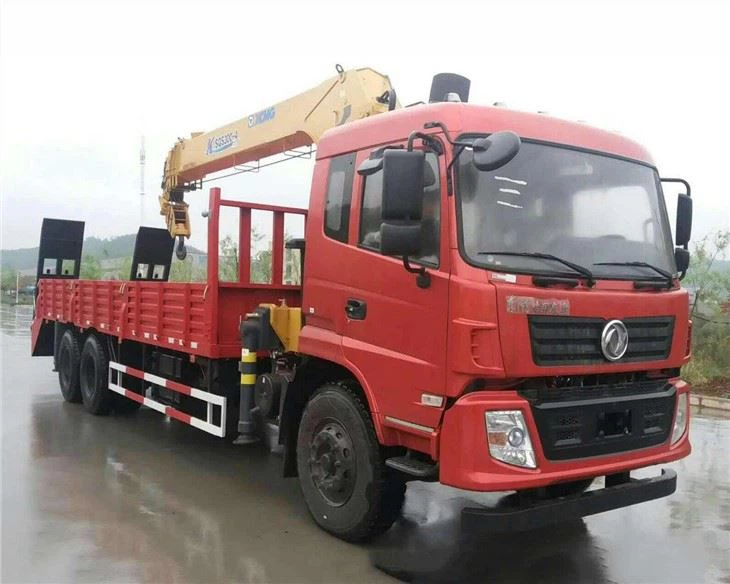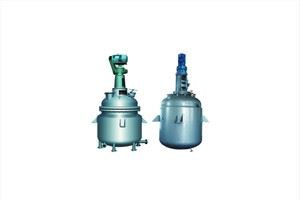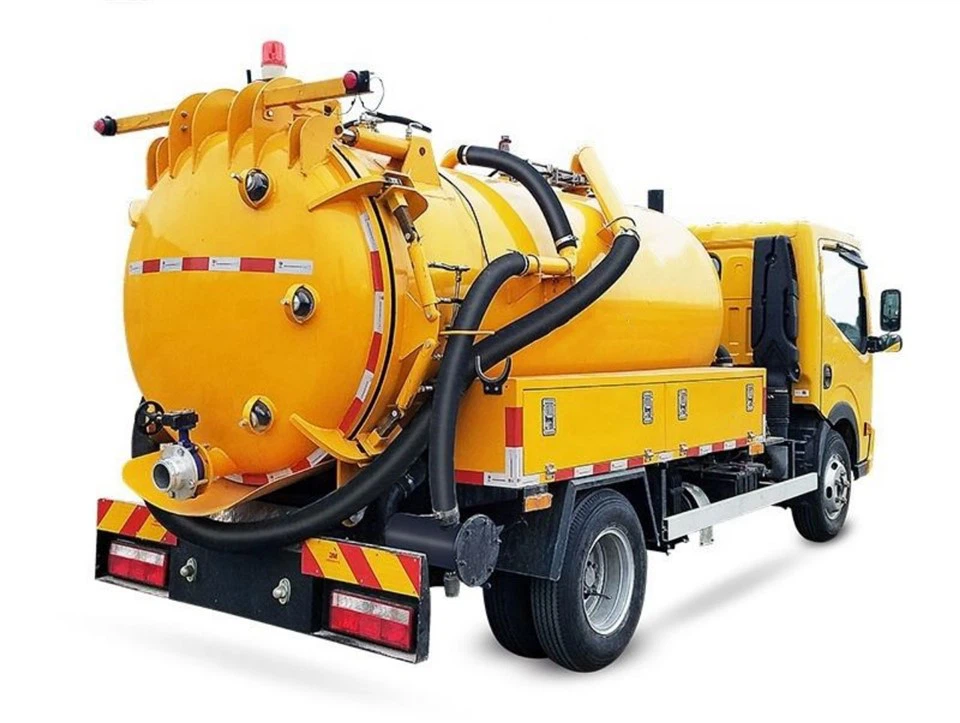Understanding Bin Trucks: Types, Uses, Maintenance, and More

Introduction
Bin trucks, often referred to as garbage trucks or waste collection vehicles, play a crucial role in modern waste management systems. These specialized vehicles are engineered to efficiently collect, transport, and dispose of various types of waste, ensuring cleanliness and hygiene in urban and rural settings alike. In this comprehensive article, we will explore the types of bin trucks, their features, operational tips, maintenance practices, and much more. This guide aims to provide a detailed understanding of bin trucks for those interested in the waste management industry or simply curious about this essential service.
Types of Bin Trucks
Rear Loader Bin Trucks
Rear loader bin trucks are one of the most common types of garbage trucks. They are designed with a rear compartment that allows waste collectors to load trash from behind the vehicle. These trucks are ideal for residential waste collection and operate effectively in urban areas.
Front Loader Bin Trucks
Front loader bin trucks are equipped with hydraulic arms that can lift and empty large containers placed in front of the truck. These trucks are typically used for commercial waste collection and are highly efficient for bulk waste removal.
Side Loader Bin Trucks
Side loader bin trucks feature a side-mounted loading mechanism that allows waste to be collected from the side of the vehicle. This design is beneficial when space is limited, making it suitable for narrow streets or sidewalks.
Compactors
Compactor trucks are a type of bin truck with a built-in compaction mechanism. They compress waste material to maximize the amount of refuse collected. This feature is particularly useful for commercial operations and high-density areas, as it reduces the number of trips needed to disposal sites.
Recycling Trucks
Recycling trucks are specifically designed to collect recyclable materials like paper, glass, and plastics. They often have separate compartments for different materials to prevent contamination and ensure effective recycling processes.
Key Features of Bin Trucks
Loading Mechanisms
The loading mechanism is a critical feature that varies among different types of bin trucks. Understanding these mechanisms helps to choose the right truck for specific waste collection needs.
- Hydraulic Arms: Used in front loaders for lifting containers.
- Compression Systems: Found in compactors to minimize waste volume.
- Automated Systems: Increasingly common in side loaders for efficient collection.
Capacity
Bin truck capacity is an important consideration for waste management operations. The capacity often ranges from 10 to 30 cubic yards, depending on the truck’s size and design. Selecting a truck with the appropriate capacity is essential to meet local waste collection demands efficiently.
Durability and Build Quality
Bin trucks are designed to withstand harsh conditions. Key factors affecting durability include the materials used in construction and the quality of the mechanical systems. High-quality steel and advanced engineering contribute to a long service life.
Technology Integration
Modern bin trucks often come equipped with advanced technology such as GPS navigation, onboard weighing systems, and telematics. These features improve operational efficiency, track waste collection routes, and enhance overall waste management processes.

Operational Tips for Using Bin Trucks
Route Planning
Efficient route planning can significantly reduce operational costs. Use software solutions to optimize routes based on traffic patterns, collection frequency, and waste generation areas.
Staff Training
Proper training for waste collection staff is vital. Ensure that operators understand safety protocols, equipment usage, and the importance of maintaining cleanliness during operations.

Regular Maintenance Checks

Conducting regular maintenance checks on bin trucks is essential to ensure optimal performance. This includes inspecting hydraulic systems, checking tire pressure, and evaluating the engine and transmission performance.
Maintenance Practices for Bin Trucks
Daily Inspections
Perform daily inspections before operations to identify any visible problems. Check key components including brakes, lights, and fluid levels to ensure safety and efficiency.
Scheduled Servicing
Establish a routine service schedule to maintain the longevity of bin trucks. This should include oil changes, filter replacements, and checking the hydraulic systems.
Cleaning and Sanitation
Regularly clean and sanitize the truck’s interior and loading areas. This not only promotes hygiene but also helps in maintaining the truck’s aesthetic and operational efficiency.
Example Cleaning Schedule
| Frequency | Task |
|---|---|
| Daily | Remove waste and debris from the truck bed |
| Weekly | Wash exterior surfaces with appropriate cleaning agents |
| Monthly | Conduct deep cleaning of all compartments |
Environmental Impact of Bin Trucks
Reducing Landfill Waste
Efficient waste collection using bin trucks can significantly reduce the amount of waste sent to landfills. By implementing recycling trucks and compaction systems, waste management systems can divert materials from landfills and promote recycling.
Promoting Sustainable Practices
Many modern bin trucks incorporate eco-friendly technologies such as low-emission engines and fuel-efficient designs to minimize their carbon footprint. Promoting these trucks helps bolster efforts towards sustainable waste management.
Challenges Faced by Bin Truck Operators
Traffic and Road Conditions
Operating bin trucks in congested urban environments can pose challenges. Traffic delays can lead to inefficiencies and increased operational costs. Operators must be adept at navigating these conditions.
Compliance and Regulations
Bin truck operators must adhere to local regulations regarding waste collection and disposal. This includes maintaining proper licenses and permits, as well as complying with health and safety laws.
Public Perception and Community Relations
Building a positive relationship with the community is essential for bin truck operators. Engaging with residents and promoting public awareness about waste management can lead to improved cooperation and compliance.
Future Trends in Bin Truck Technology
Automation and Robotics
The future of bin trucks may include increased automation and robotic arms for waste collection. This could lead to enhanced safety and efficiency in operations.
Smart Waste Management Solutions
Integrating IoT (Internet of Things) technology into waste collection systems will allow for real-time monitoring of waste levels in bins. This will optimize collection schedules and reduce costs associated with unnecessary trips.
Frequently Asked Questions (FAQs)
What is a bin truck used for?
Bin trucks are primarily used for collecting and transporting waste materials, including household trash and recyclable substances.
How do bin trucks differ from regular trucks?
Bin trucks have specialized features such as compactors, hydraulic arms, and designated compartments for waste, making them different from standard delivery or cargo trucks.
What types of waste materials can bin trucks collect?
Bin trucks can collect a variety of waste materials, including household trash, commercial waste, yard waste, and recyclables, depending on their design and specifications.
How often should bin trucks be maintained?
Bin trucks should undergo daily visual inspections, with more comprehensive maintenance scheduled on a monthly or annual basis, including servicing and repairs.
Are there eco-friendly bin trucks available?
Yes, many manufacturers produce eco-friendly bin trucks that utilize lower-emission engines and design features aimed at reducing environmental impact.
How can cities improve their bin truck waste collection efficiency?
Cities can improve efficiency through better route planning, adopting advanced technologies like IoT for real-time monitoring, and investing in staff training and public education on waste management best practices.
